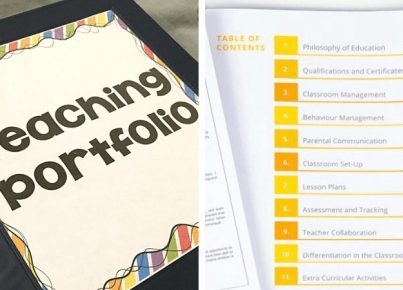Introduction:
In today’s rapidly changing business landscape, it is essential for managers to continually grow and develop their skillsets. A personal development portfolio is a crucial tool that allows managers to showcase their growth, skills, and competencies. This guide will walk you through the steps of building a professional development portfolio.
1. Define your objectives:
Before you start building your portfolio, determine the objectives behind creating it. Are you looking for a promotion, planning to transition to a new industry, or simply looking for ways to better manage your team? Having clear objectives will guide you in selecting the relevant skills and experiences to showcase in your portfolio.
2. Identify your key skills and competencies:
Create a comprehensive list of all the skills required for managerial roles in your sector or industry. Be sure to include both technical skills (e.g., project management, data analysis) and soft skills (e.g., communication, collaboration). Use this list as a roadmap for identifying the skills and abilities you already possess and those you need to develop further.
3. Collect evidence of your achievements:
Carefully compile documents and records that demonstrate your accomplishments. Examples can include performance appraisals, certifications, awards, client testimonials, or presentations delivered at conferences. Ensure that the documentation is objective, verifiable, and aligns with your career goals.
4. Showcase professional growth and development:
Your personal development portfolio should highlight your commitment to lifelong learning and continuous improvement. Include details about training programs, workshops, online courses or seminars you’ve attended. Be sure to incorporate any industry-relevant certifications or professional memberships as well.
5. Curate an online presence:
In our increasingly digital world, having an online presence is essential for showcasing up-to-date knowledge on industry trends and best practices. Develop a professional LinkedIn profile complete with recommendations from colleagues and clients. Consider starting a blog on topics relate to your field or write articles on Medium, further demonstrating your expertise and commitment to professional growth.
6. Organize and present your portfolio:
A well-organized, visually appealing portfolio makes a strong impression. Compile and organize your evidence of accomplishments in a clear, concise manner. Consider using an online portfolio platform like Behance or Adobe Portfolio to create a professional-looking digital portfolio. Alternatively, opt for a formal binder or folder for physical presentations.
7. Continually update and refine your portfolio:
As you continue to learn and grow, your portfolio should reflect those changes. Set aside time every six months to review and update the contents of your portfolio. Add new accomplishments, remove outdated items, and reassess your objectives as needed.
Conclusion:
Building a professional development portfolio is a vital step towards personal and career growth for managers in any industry. By showcasing your skills, experiences, and commitment to continued learning, you can position yourself advantageously during performance reviews or job interviews. Moreover, this living document will serve as a constant source of inspiration and motivation throughout your career journey.



